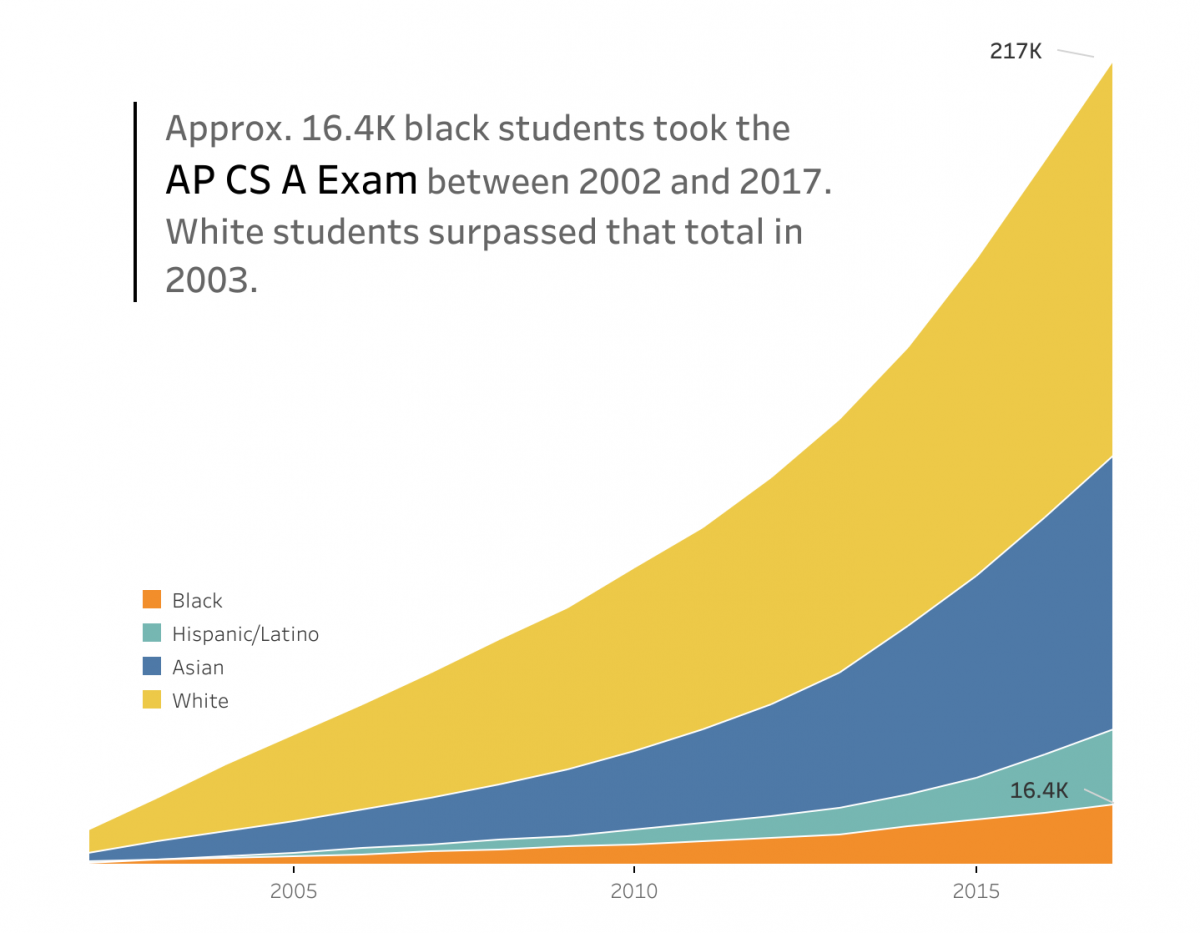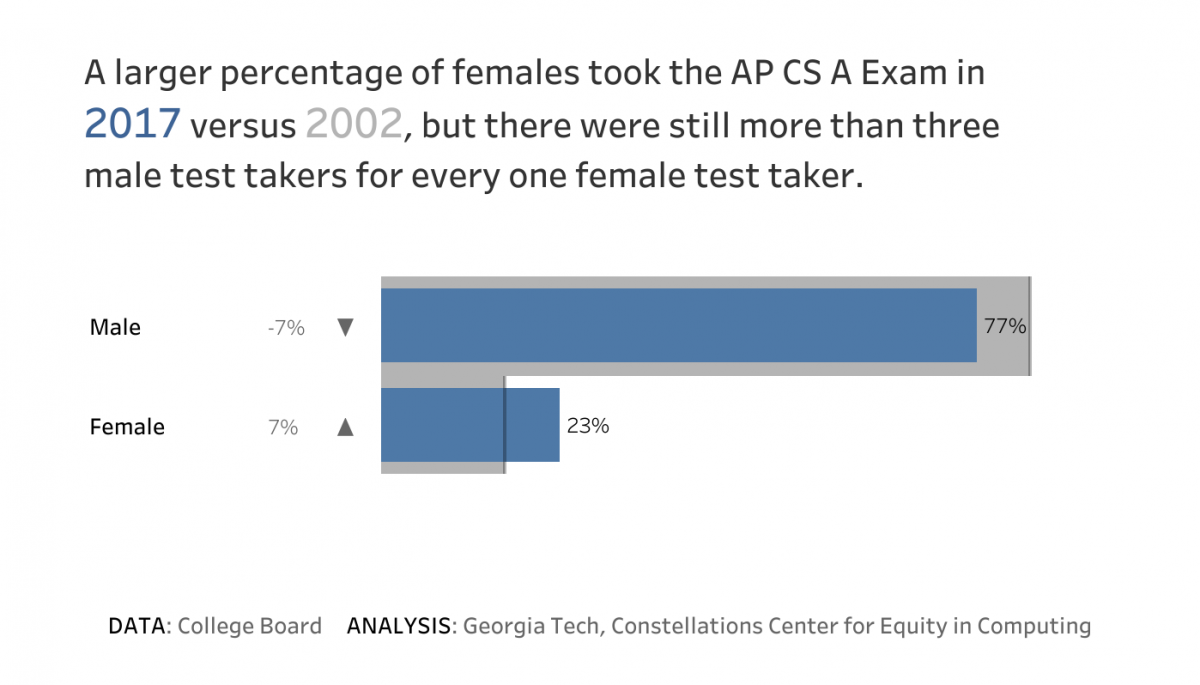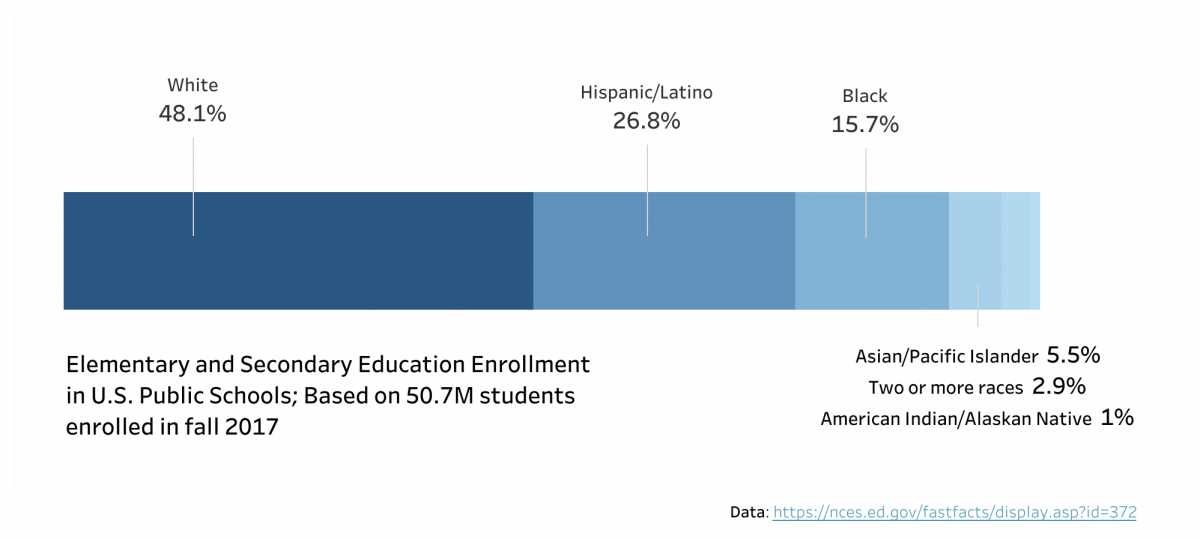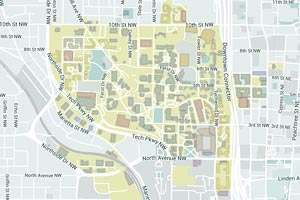
Changing Perspectives on Computer Science Education, PART II
Why Does Computer Science Education Look Like It Does Today?
I ask this question not really knowing the entirety of the answer to it. However, I can describe my perspective on at least a portion of what I think the solution to this question is…
Prior to starting the Constellations Center at Georgia Tech, I worked at College Board in the Advanced Placement® (AP) Program for nearly 11 years. I managed course and exam development for AP Calculus, AP Statistics, and AP Computer Science. The AP Program carries credibility with millions of students who take AP Exams and the parents of those students who recognize the prospects of a good college education and that completing post-secondary studies is so much more achievable with AP credit. Most of my time in the AP Program was dedicated to the development of a new course, AP Computer Science Principles (CSP). With immense support from the National Science Foundation, many CS ed experts contributed to the AP CSP Curriculum Framework and the launch of the course in the fall of 2016 is the most successful course launch in the history of the AP Program.
The AP Computer Science A (CS A) Exam was first offered in 1988 as a subset of the AP CS AB exam, which was first offered in 1984. The AP CS AB course was a traditional programming course with heavy emphasis on data structures. This course was discontinued by College Board in 2009 largely due to declining enrollment and feasibility of maintaining the costs of the development of its exam and curricular resources. In 1992, AP CS A was offered as a separate course and exam and has consistently remained focused solely on programming constructs and currently requires students to program in Java.
Compared to other AP courses, such as AP Calculus AB, AP English Language and Composition, and AP U.S. History, three of the most popular AP courses where participation has been steady for many decades --777,925 exams combined were taken in 2017-- the participation in AP CS A has had a different kind of history and a different kind of influence on American education.
The prioritization of offering AP CS A in high schools is obviously still not as imperative as other advanced courses but where it is prioritized it is evident that it is prioritized for select, top achieving students. Let’s also consider that the number of students taking the AP CS A exam between 1997 and 2017 increased more than tenfold, from 5,584 to 56,088. It’s an uncontested increase. By taking a deeper look into this data, what becomes clearly apparent is that the participation of students in this course closely matches the enrollment of students in post-secondary CS studies and matches the employment landscape in many major tech companies. Even though for the first time in 20 years White students fell under 50% of AP CS A exam takers in 2016, a resounding gap continues to exist between White students and every other race/ethnicity category reported by College Board, except for the gap between White and Asian students which has diminished. Distinctly clear, however, is the participation of male students has not changed much in the last two decades; 76.5% of the 56,088 students who took this exam in 2017 were male, making it the most male-dominated AP course percentage-wise besides AP Physics C: Electricity and Magnetism in which 20,951 students took this exam and 76.24% were males.
Table 1
AP CS A Exam – Student Participation Data

Table 2
2017 AP CS A Exam Takers by Race/Ethnicity and Gender


This is what studying computer science currently looks like in an advanced programming course that has been around for 30 years. This data shapes how students perceive themselves belonging or not belonging in this discipline. An increase of students of color are represented in a significant portion of public schools in the United States. Enrollment data in PreK-12 public schools show the student population is nearly 43% Black and Hispanic/Latino students combined, where White students are at 48%. (See Table 3.) At the very least, the standard to aim for in reaching equity in computing is to obtain a fair representation of people, one that matches the population of students in our nation. The fact is this depiction doesn’t currently exist in computer science education, particularly at the secondary level and leading into the tech industry. Only 2,099 Black students in the entire nation (1,467 male/632 female) took the AP CS A exam in 2017. Taking advanced computing courses helps propel students into higher learning opportunities and into the high-paying tech world. If students of color and female students are not afforded the access, preparation and opportunities that computer science education can provide, the tech workforce cannot change. It will not change.Source for Tables 1 and 2: https://research.collegeboard.org/programs/ap/data/archived
Table 3
Elementary and Secondary Education Enrollment in U.S. Public Schools




